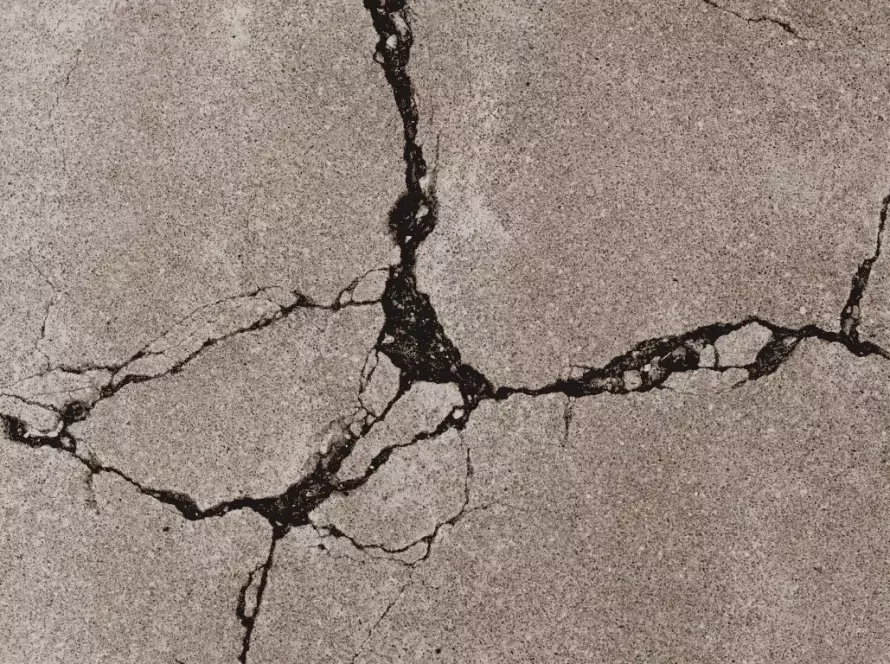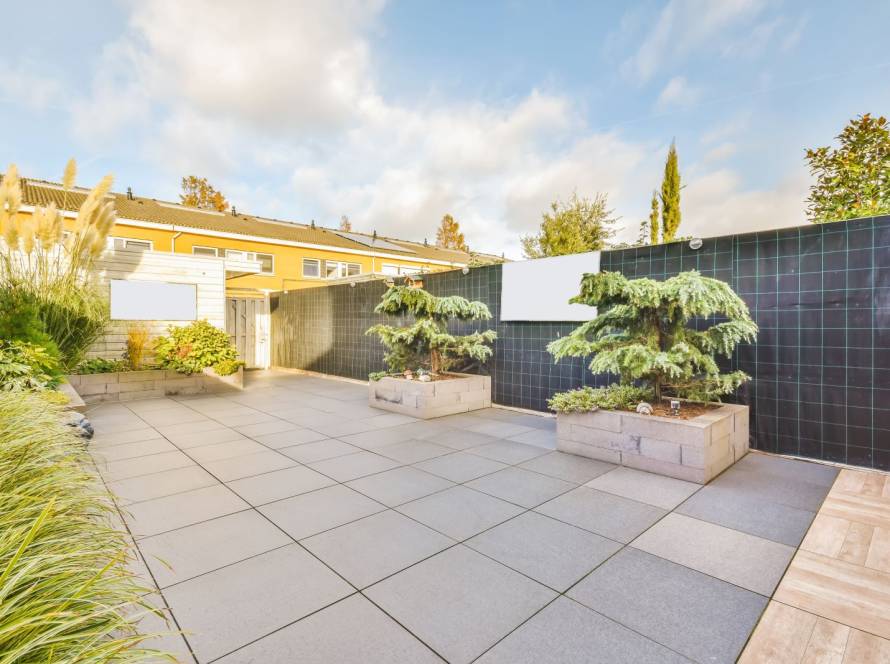Concrete is a versatile and durable construction material that is essential for various projects, from residential driveways to large commercial buildings. One of the most common questions asked by those undertaking concrete projects is: “How long does concrete take to set?” Understanding the setting process is crucial for planning and executing any concrete work efficiently.
The Concrete Setting Process
Concrete setting is a complex chemical reaction that involves the transformation of the mixture from a liquid state to a solid state. This process, known as hydration, involves the reaction between cement and water.
The setting time of concrete can be influenced by several factors, including the type of cement, the water-to-cement ratio, ambient temperature, and the presence of admixtures.
Initial Setting Time
The initial setting time is the period during which the concrete starts to harden and lose its plasticity. For most concrete mixtures, the initial setting time ranges from 30 minutes to a few hours. During this phase, the concrete remains workable, allowing it to be molded and finished. However, it is important to complete all necessary concerete finishing tasks within this timeframe to ensure a smooth and even surface.
Final Setting Time
The final setting time is the point at which the concrete has completely lost its plasticity and has become solid. This typically occurs within 6 to 12 hours after pouring, depending on the factors mentioned earlier. At this stage, the concrete is hard enough to bear minimal loads, but it is not yet at its full strength.
Factors Affecting Concrete Setting Time
Several factors can influence the setting time of concrete, including:
1. Type of Cement
Different types of cement have varying setting times. For instance, rapid-setting cement can significantly reduce the setting time, making it ideal for projects that require a quick turnaround. Conversely, high-alumina cement sets slower but offers higher durability.
2. Water-to-Cement Ratio
The ratio of water to cement in the mixture plays a critical role in the setting time. A higher water content can extend the setting time, while a lower water-to-cement ratio can accelerate it. It is essential to strike the right balance to achieve the desired consistency and strength.
3. Ambient Temperature
Temperature is a crucial factor in the hydration process. Warm temperatures accelerate the chemical reactions, reducing the setting time, while cold temperatures slow down the process. In extremely cold conditions, special measures, such as using heated water or insulating blankets, may be required to facilitate proper setting.
4. Admixtures
Chemical admixtures are often added to concrete to modify its properties. For example, accelerators can speed up the setting time, whereas retarders can slow it down. These admixtures are particularly useful for managing the setting process in challenging weather conditions or when extended workability is needed.
Curing Time and Strength Development
While the initial and final setting times are crucial milestones, the complete curing process of concrete extends beyond these points. Curing is the process of maintaining adequate moisture and temperature conditions to allow the concrete to achieve its full strength and durability.
Typically, concrete takes about 28 days to reach its maximum strength, with significant strength development occurring within the first week.
1. Importance of Curing
Proper curing is essential to prevent cracking, shrinkage, and surface defects. It also ensures that the concrete develops the desired strength and durability. Common curing methods include:
- Water Curing: Keeping the concrete surface moist by spraying water or covering it with wet burlap or plastic sheets.
- Curing Compounds: Applying chemical compounds that form a protective layer, retaining moisture within the concrete.
- Steam Curing: Using steam to accelerate the curing process, commonly used in precast concrete production.
2. Curing Time Guidelines
For most general concrete projects, a minimum curing period of 7 days is recommended. However, for structures subjected to significant loads or harsh environmental conditions, a longer curing period of up to 28 days may be necessary.
During this time, it is crucial to protect the concrete from extreme temperature fluctuations and to maintain consistent moisture levels.
Practical Tips for Concrete Projects
Here are some practical tips to ensure successful concrete setting and curing:
- Plan Ahead: Schedule your concrete pour during favorable weather conditions and ensure all materials and equipment are ready.
- Monitor Conditions: Keep an eye on the weather forecast and be prepared to adjust your curing methods accordingly.
- Use Quality Materials: Invest in high-quality cement, aggregates, and admixtures to achieve optimal results.
- Follow Best Practices: Adhere to industry standards and guidelines for mixing, pouring, finishing, and curing concrete.
By understanding the factors that influence concrete setting and taking appropriate measures, you can ensure that your concrete projects, whether it’s a driveway, foundation, or commercial structure, are durable, strong, and long-lasting. For professional concrete services in New Zealand, consider reaching out to Rock Solid Worx, experts in excavating, earthwork, and concrete solutions.




